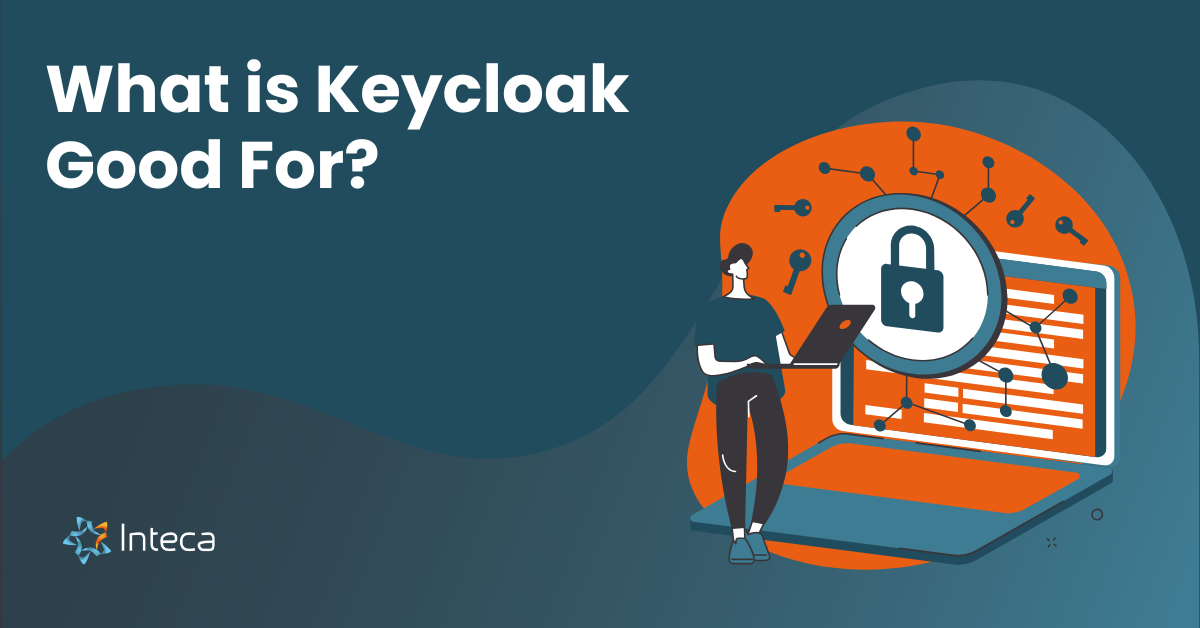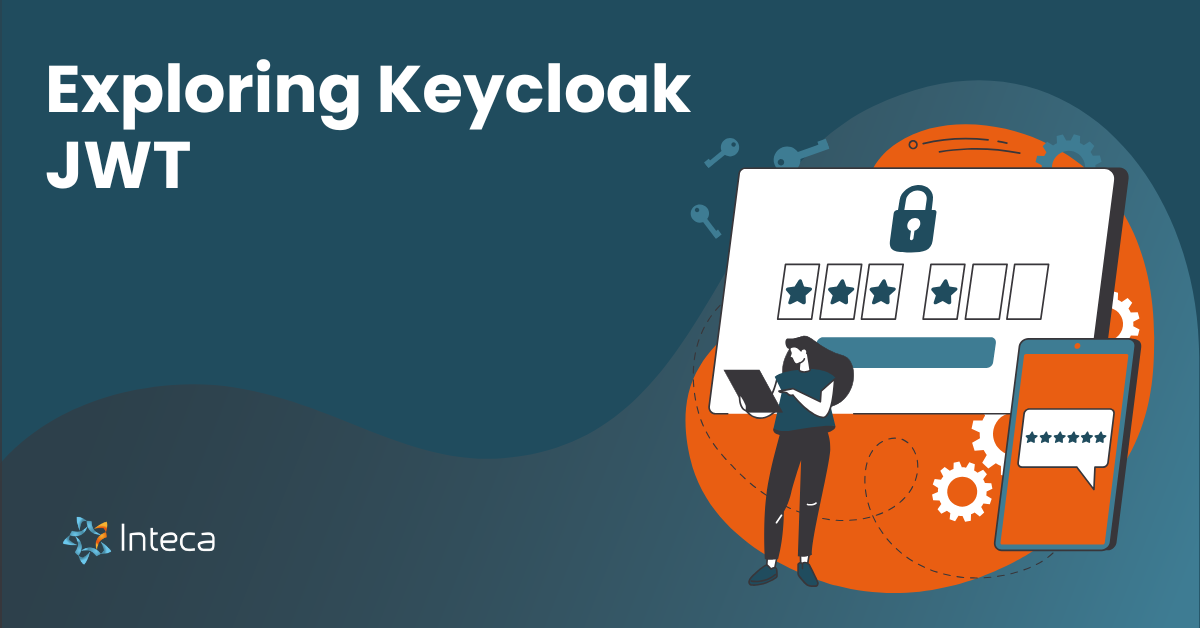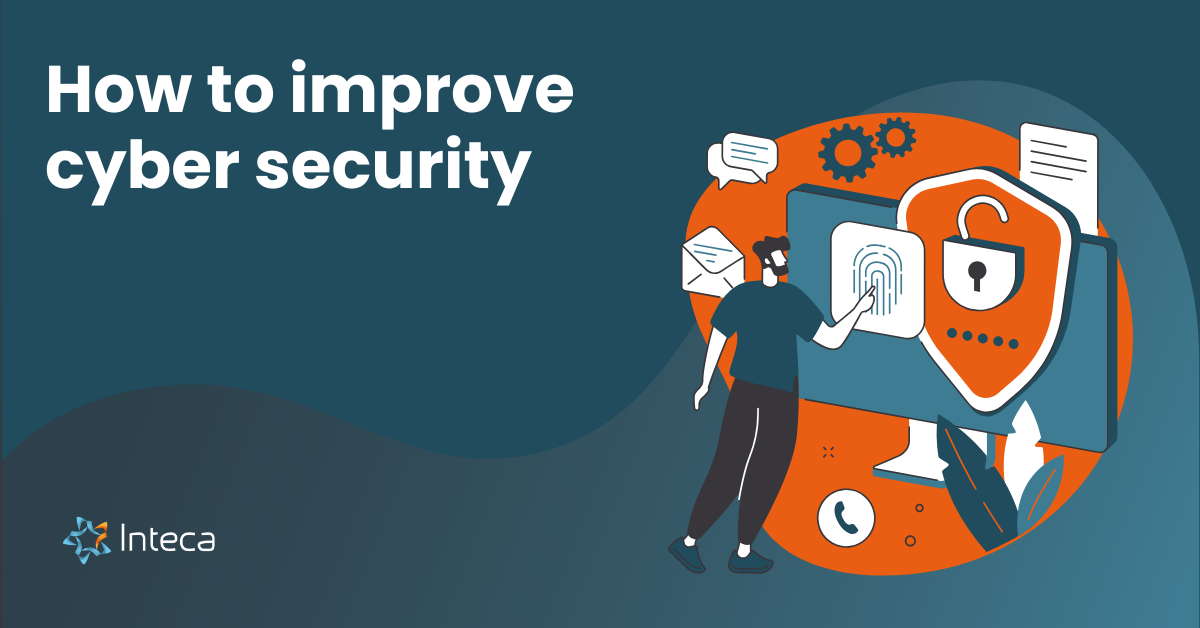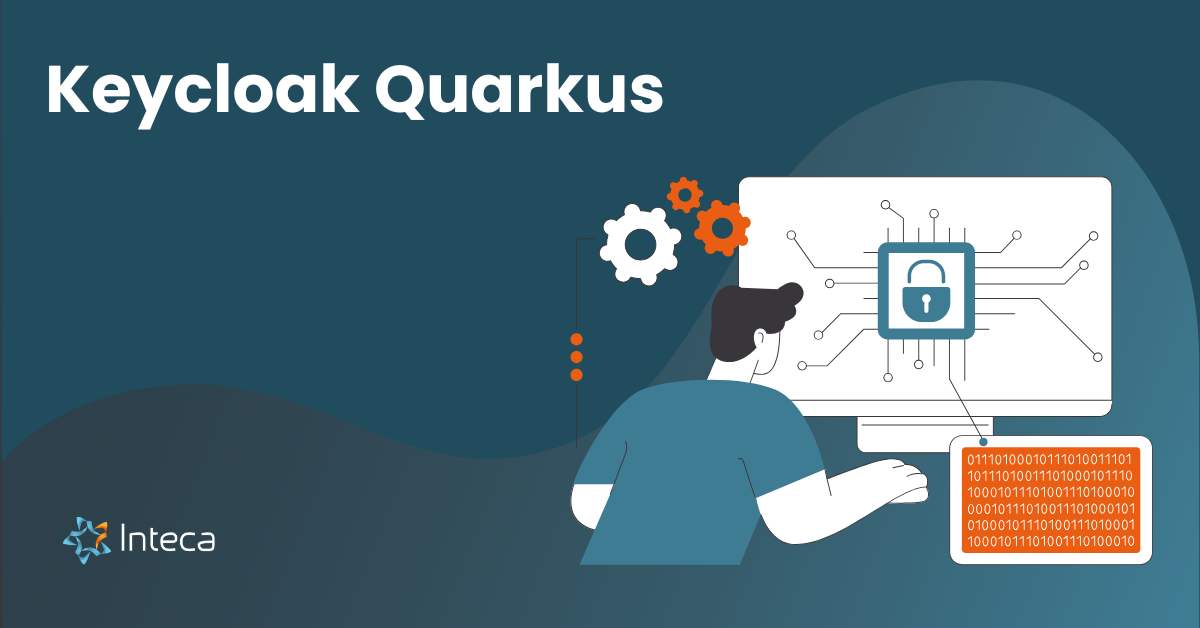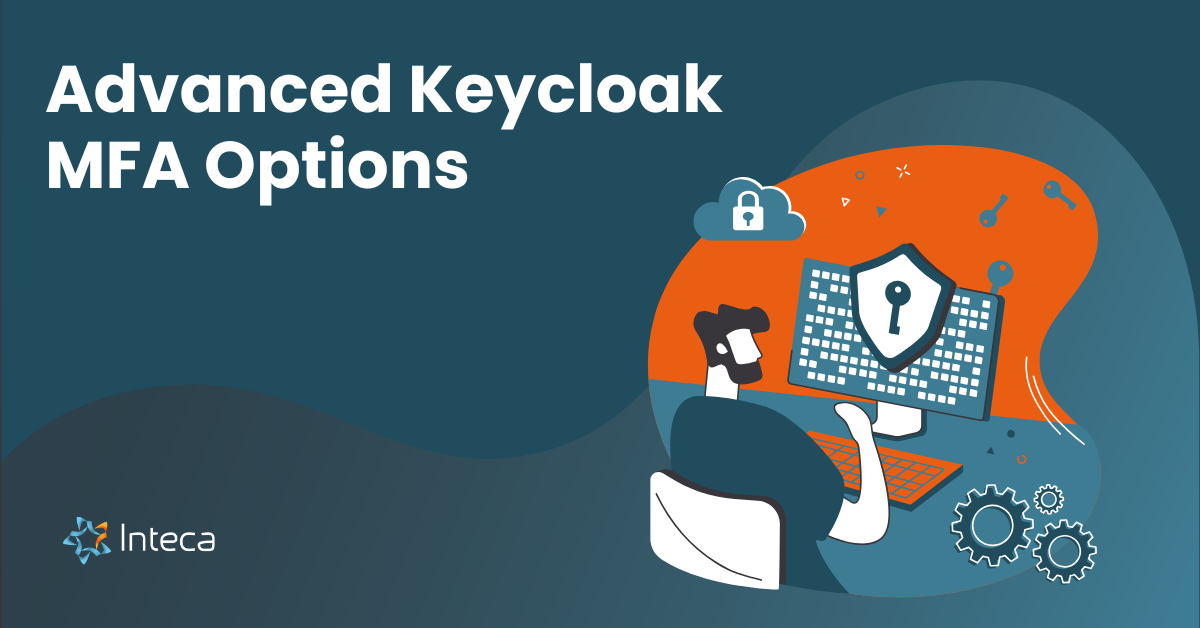What every financial sector leader needs to know about Role-Based Access Control (RBAC)

Integrating Role-Based Access Control with Identity Lifecycle Management (ILM) is more than just a trend—it’s a necessity for ensuring proper control access. This combination is transforming financial security by offering a solid framework to protect sensitive data and meet strict regulatory demands. RBAC helps manage who has access to computer systems and sensitive information, ensuring data protection.
The necessity of RBAC for protecting sensitive financial data
RBAC works by assigning users to roles based on their job functions, which is essential in finance. It ensures that only those with the right permissions can access sensitive financial data like account details, transaction records, or compliance documents. Implementing this system can dramatically cut down the risk of internal fraud and data breaches, thus protecting a financial institution’s most valuable assets. RBAC also helps in managing access control policies and preventing unnecessary access.
Role-Based Access Control allocation and regulatory compliance
Financial institutions face numerous regulations such as GDPR, PCI-DSS, and SOX, all of which require strict control over user access to sensitive data. By embedding RBAC within ILM, organizations can effortlessly adhere to these compliance standards, avoid fines, and maintain audit trails. This integration not only boosts security but also simplifies compliance processes, helping financial institutions quickly adjust to regulatory changes. RBAC policies are crucial in ensuring compliance and managing access to specific roles.
The importance of RBAC in financial institutions
Understanding the RBAC model
RBAC is a key component of identity management in finance and is considered a best practice for securing sensitive information. It involves defining roles within an organization and linking users to these roles based on their job functions. This approach reduces risks related to internal fraud and data breaches by ensuring users only access the information they need for their roles. RBAC uses a system in place to manage user access based on their role.
How RBAC minimizes risks of internal fraud and data breaches
Following the principle of least privilege, RBAC ensures users have minimal access necessary for their job functions. This limits the chances of unauthorized access to sensitive data, thus reducing the risk of internal fraud and data breaches through proper control access measures. For example, a customer service representative shouldn’t access financial transactions like a senior executive, thereby safeguarding sensitive operations from unauthorized access. RBAC lets organizations manage access to certain information and adjust access levels as needed.
Role-Based Access Control privileges and their impact
The principle of least privilege in RBAC
The principle of least privilege is central to RBAC, stressing that users should access only the resources needed for their job functions. This principle is vital in finance, where unauthorized data access can have dire consequences. RBAC can be used to enforce this principle effectively.
Examples of Role-Based Access Control privileges in financial systems
In financial institutions, role-based privileges are carefully defined to ensure users can perform their duties without compromising security. For instance, a loan officer might access customer credit information, while a risk analyst could access risk assessment tools and compliance reports. By clearly defining these roles and their privileges, financial institutions can maintain a secure and efficient operational environment. RBAC is an additive model that allows for overlapping role assignments, ensuring flexibility in Role-Based Access Control authorization.
In conclusion, integrating RBAC within ILM is crucial for financial institutions aiming to boost security, efficiency, and compliance. By adopting this strategy, financial institutions can protect sensitive data, streamline compliance, and maintain competitiveness in the ever-changing financial landscape.
Integrating RBAC with identity lifecycle management
In the finance sector, combining RBAC with Identity Lifecycle Management (ILM) is essential for improving security and efficiency. This section explores onboarding, provisioning, maintenance, and deprovisioning, highlighting the role of privileges in effective access management. RBAC and ABAC (Attribute-Based Access Control) can be compared to understand their unique benefits.

Onboarding and provisioning
Role-Based Access Control allocation during onboarding to ensure proper access
Onboarding in financial institutions is a critical phase where RBAC is key. By determining roles based on job functions, organizations ensure new employees only access necessary financial applications and data, thereby allowing access based on defined roles. This role-based access control is vital for maintaining security and compliance from the start of employment. For example, a loan officer would access customer loan data, while a risk analyst might access risk assessment tools. RBAC helps manage who has access to specific roles.
Provisioning access based on job functions and responsibilities
Provisioning involves setting up access rights according to an employee’s responsibilities, ensuring that the user has access only to what is necessary. In finance, this means defining role-based privileges that follow the principle of least privilege and control access effectively. This helps minimize unauthorized access and potential data breaches. For instance, a customer support representative shouldn’t have the same system access as a senior executive. This careful permission allocation ensures employees perform their duties efficiently while protecting sensitive information. RBAC uses access based on a combination of factors, including job function and role within an organization.
Maintenance and deprovisioning
Regular review and adjustment of roles and permissions
The ever-changing finance industry requires regular reviews and adjustments of roles and permissions. As employees change roles or as regulatory requirements evolve, financial institutions must update access rights accordingly. This ongoing maintenance of RBAC is crucial for strong cybersecurity and compliance. For example, if a trader moves to a compliance role, their access should shift from trading systems to compliance reports. Adding a user or changing the role of an existing user is part of this dynamic process of granting access based on role definitions.
Deprovisioning: preventing unauthorized access
Deprovisioning is crucial in identity management, especially when an employee leaves or changes roles. Immediate access revocation to sensitive financial systems is essential to prevent unauthorized access and potential breaches. In regulated industries like banking or insurance, failing to promptly deprovision access can lead to significant vulnerabilities and compliance issues. By integrating RBAC within ILM, financial institutions can automate this process, ensuring efficient and secure access revocation. Temporary access can be granted or revoked based on several factors, ensuring fine-grained access control.
Benefits of RBAC and ILM integration in the finance sector
Enhanced security and operational efficiency through RBAC
Integrating RBAC with ILM significantly boosts security by ensuring employees only access the information and systems needed for their roles. This reduces data breach and fraud risks, which are major concerns in finance. Additionally, automating access control and identity management improves operational efficiency, reducing human error risks and ensuring smooth operations in an industry processing large transaction volumes daily. RBAC helps manage system permissions effectively.
Ensuring regulatory compliance with RBAC
Financial institutions must comply with strict regulations like GDPR, PCI-DSS, and SOX, which demand robust user access controls to sensitive data. By integrating RBAC within ILM, organizations can meet these compliance standards, avoid penalties, and ensure auditability. This integration not only secures financial data but also supports the institution’s ability to demonstrate compliance during audits, thereby maintaining trust with regulators and customers. RBAC policies are network access based and help enforce compliance.
In conclusion, integrating role-based access control with identity lifecycle management is a strategic imperative for financial institutions. It enhances security, efficiency, and compliance, making it an essential part of modern financial security frameworks and a best practice in access management.
Implementation with Keycloak: A Case Study
Keycloak’s role in RBAC and ILM
In financial institutions, where security and compliance are crucial, Keycloak is a powerful tool for implementing RBAC within Identity Lifecycle Management (ILM). Keycloak, an open-source identity and access management solution, plays a vital role in defining and allocating roles, facilitating robust identity management. It helps manage user access to computer systems and applications.
How keycloak facilitates role definition and allocation
Keycloak allows financial institutions to create and manage roles that align with specific job functions, like accounts manager, financial analyst, or IT support. By leveraging Keycloak, organizations can enforce Role-Based Access Control, ensuring users access only the systems and data necessary for their roles. This approach enhances security and streamlines identity management, making it more efficient and less error-prone. Keycloak supports multiple role assignments, allowing users to be added to a role group as needed.
Enforcing Fine-Grained Access Control Policies with Keycloak
Keycloak’s ability to enforce fine-grained access control policies is a standout feature. This is crucial in finance, where protecting sensitive data is critical. Using Keycloak, financial institutions can implement detailed access control measures to prevent unauthorized access and reduce data breach risks. This level of control is vital for maintaining the integrity and confidentiality of financial transactions and records. Keycloak’s Role-Based Access Control allows for precise management of access levels.
Keycloak’s impact on financial security
Speed and accuracy in access management with Keycloak
In finance’s fast-paced world, access management speed and accuracy are crucial. Keycloak excels by providing a seamless, efficient way to manage user identities and access rights. With Keycloak, financial institutions can quickly onboard new employees, allocate appropriate roles, and ensure real-time access rights updates as roles change. This agility in access management enhances operational efficiency and strengthens overall cybersecurity by implementing a robust RBAC system. Keycloak helps you manage system or application access effectively, acting as a robust RBAC system.
Ensuring compliance and security in financial transactions
Compliance with regulations like GDPR, PCI-DSS, and SOX is non-negotiable for financial institutions. Keycloak’s integration into an ILM framework ensures these compliance requirements are consistently met. By automating role-based privileges and access controls enforcement, Keycloak helps financial institutions maintain auditability and transparency in their operations. This protects the organization from potential penalties and builds trust with customers and stakeholders by demonstrating a commitment to robust cybersecurity. Keycloak’s role permissions are based on the roles defined within the organization.
Conclusion
In conclusion, integrating RBAC within Identity Lifecycle Management (ILM) using Keycloak is a strategic move for financial institutions aiming to enhance security and compliance. Keycloak offers a comprehensive solution for managing access in the finance sector, ensuring role-based privileges are enforced with precision and efficiency. As financial institutions continue navigating cybersecurity and regulatory compliance complexities, adopting tools like Keycloak will be essential for maintaining a competitive edge and safeguarding sensitive financial data.
Interested in Keycloak as a service? Schedule a call with our expert
Fill out the form and let our experts contact you to start your customer authentication journey.

